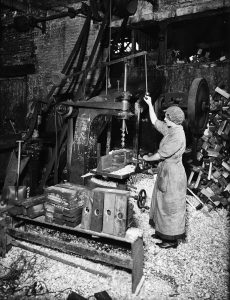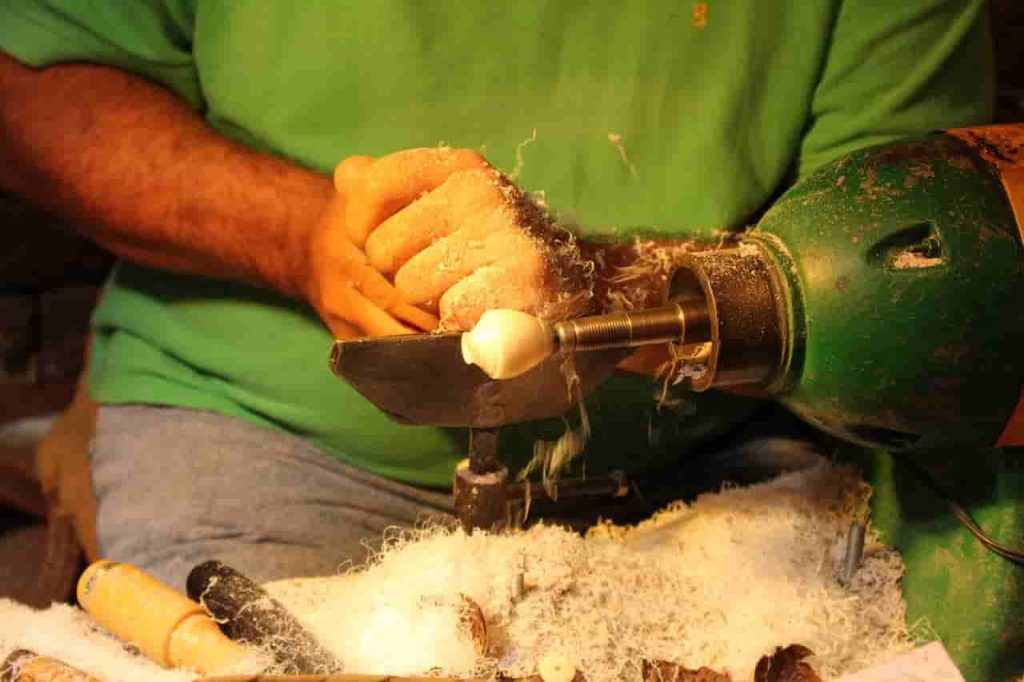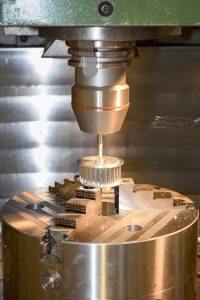Inventor of Drilling Machine? 102 Years of Innovation: History of Radial Drilling Machine!
- Home
- Inventor of Drilling Machine? 102 Years of Innovation: History of Radial Drilling Machine!
Inventor of Drilling Machine? 102 Years of Innovation: History of Radial Drilling Machine!
This year marks the 102nd anniversary of the search for a portable electric exercise. A century ago, Black + Decker Manufacturing Co. (Now Stanley Black + Decker) has developed a patent application for a half-inch portable drill and one person can work. It was a public electric motor, which runs on alternating current (AC) or straight-current (DC) and pistol-grip handle with trigger control. Both features are due to being on electric drills.
Â
Content
- 1. History
- 2. Distribution spreads, company changes
- 3. Proceed to other manufacturers
- 4. Black + Decker and departure
- 5. Repeat history with new research
Â
History
The original Portable Drill, assembled in 1916, is in the National Museum of DC's Electric Drill in Washington. Before the 1916 DC electric drill was in operation, but it was a large, stable machine used in industrial and manufacturing facilities. Black Decker was the first exercise when electric spices came as a lightweight portable tool.

In 1910, S. Duncan Black and Alonzo Decker established a machine shop in the Baltimore warehouse. Gun manufacturers were in sculpture clients. According to the 1992 Baltimore Sun article, Black and Decker were considering the design of electric drills, which they were developing, and how they were able to find the best tools and control drilling work. A nearby pistol was a weapon to inspire his pistol and trigger a new drill.
In 1917, Black and Decker opened a 12,000 square feet production plant in Towson, MW, where he built portable electric air compressors, new drills, and other products.
The first drill is for industrial use. The new production needs became overwhelming and the sales increased, but it was an in-plant tool because there was no home-improvement market and the cost of ordinary customers was very high. When the plant's observers noted that employees are drilled to be used in the project, they recognize the possibility of self-market.
Â
Distribution spreads, company changes
By 1921, Black + Decker was announcing locally, and the company also announced a full-page announcement on Saturday Evening Post, which targeted the national consumer market. The year 1923 has been mentioned in the company's history because it started offering low-cost, portable electric drills for non-proliferation. The company has built mobile classrooms on the bus to teach the distributors how to sell power tools.

Like most companies, Black + Decker struggled with depression. However, World War II brought government contracts to create war material for America and its allies. In 1946, The company introduced the first line of home power tools including  ¼--inch and ½-inch drills, exercise stands, and accessories. In 1961, it introduced the first cordless electric drill, which was operated by a nickel-stadium battery.
Meanwhile, Black + Decker signed with Martin Marieta to design tools for NASA, which included a zero-impact rancher, which was a bolt without spinning the astronaut. Black Decker later made a cordless rotary hammer drill for the Apollo space program, which is used to remove rock samples and works in atmospheric and zero atmospheric conditions.
Over the years, Black Decker acquired various companies, including General Electric and Toolmaker DeWalt and Small Appliance Division of Porter-Cable. In 2010, Black + Decker merged with Stanley Works, bringing the resources of companies under the existing Stanley Black + Decker umbrella.
Â
Proceed to other manufacturers
By the mid-1920s, electricians and workers used Black + Decker tools among other merchants, and other manufacturers started developing similar tools for professionals.
In 1924, AAH Peterson developed a hole-shooter, lightweight, portable drill, the user could work on one hand. Destroying Pietersen's facilities after the fire, the Milwaukee Electric Tool Company acquired the production. Milwaukee developed both drill/driver's right-angle drill and more powerful drills and more powerful drills in both exercise and cordless, which are designed for all professional instrument users.
Bose introduced electropenuite, handheld rotary hammer in 1932 and immediately produced its first electric drill. Bosch launched Brut Breaker Hammer in 1950 and the company introduced its first cordless drill in 1978. In 1984 the first Bosch Cordless Hammer drill came to the market.
In 2005, Milwaukee introduced lithium-ion batteries, which made a basic shift in the Droid-Tool technology. The battery has contributed to editing forms, attributes, and functions. Since then, significant progress in instrumentation and battery electronics - linked to the progress in lithium-ion batteries - has changed the possibility of drill and other cordless equipment. Lithium-ion batteries are significantly improved, and toolmakers aggressively promote their battery brands.

In 2004, Makita developed a brushless motor to burn equipment for defense and aerospace industries, and in 2009, Makita introduced an effective driver with a brushless motor. Creators say that compared to tools non-brush motors have more or more power.
This year, Milwaukee has a key "smart" device, which includes drills. Such tools can remember excellent results, remember how users work and how the one-key device interacts with the management system, so users can find it in real-time.
This year, Milwaukee has a key "smart" device, which includes drills. Such tools can remember excellent results, remember how users work and how the one-key device interacts with the management system, so users can find it in real-time.
Â
Black + Decker and departure
Ultimately, Black + Decker entered the commercial equipment market by DeWalt in 1991. The company acquired Dividault 30 years ago when it was best known for radial by-vision. DeWalt shop and vegetable equipment continued to add to its production line. In 1989, due to downturn demand, Radial-Arm Side's Dewalt stopped North American production.
DeWalt's deputy speaker Chris Keefer says, "Once, DeWalt was inactive" "In 1991, it was decided to re-launch the Deviant brand with a new line of commercial power equipment."
Immediately, DeWalt presents power tools and accessories designed for professionals. An electric drill was the main ingredient in the production line. It also includes the first mix drill/driver Hammer drill.
Two years later, Delft introduced a cordless power tool system with more than 30 new cordless devices, including drill/drivers and the first compound drill/driver Hammer drill, which included advertisements and other products.
Â
Repeat history with the new research
The history of this tool is filled with major success.
 Keffer said, "The landscape has increased in addition to the change in the voltage." "With greater power, for Chuck design, especially the electrician, lithium-ion batteries have achieved great success in the cordless power-tool market, and devastating motors provide more power, more runtime, and in some cases more control."
Keffer said, "The landscape has increased in addition to the change in the voltage." "With greater power, for Chuck design, especially the electrician, lithium-ion batteries have achieved great success in the cordless power-tool market, and devastating motors provide more power, more runtime, and in some cases more control."
Today, the DeWalt Power Tools Line includes more than 200 power tools and 800 accessories.
Today, various electric drill products range from 12-volts (V) to "pocket" drills to powerful 18V drill drivers. Specialty Products have been developed, highlight the area that works with built-in LED lights, including Hammer Drill and Rotary Hammer. The "smart" drill automatically sets the power in the draw function and contacts the device wirelessly for a user and cloud-based tool-management programs.
While these tools have radically changed for years, some design elements have remained the same. For example, Black and Decker never imagined that after 100 years, most modern equipment has pistol-style grip and trigger controls.


Blogger
Diigo
Evernote
FlipBoard
Gmail
Google Bookmark
LinkedIn
LiveJournal
MySpace
Pinterest
Pocket
Reddit
Skype
Telegram
Tumblr
Yahoo Mail
GoQR.me
Wordpress